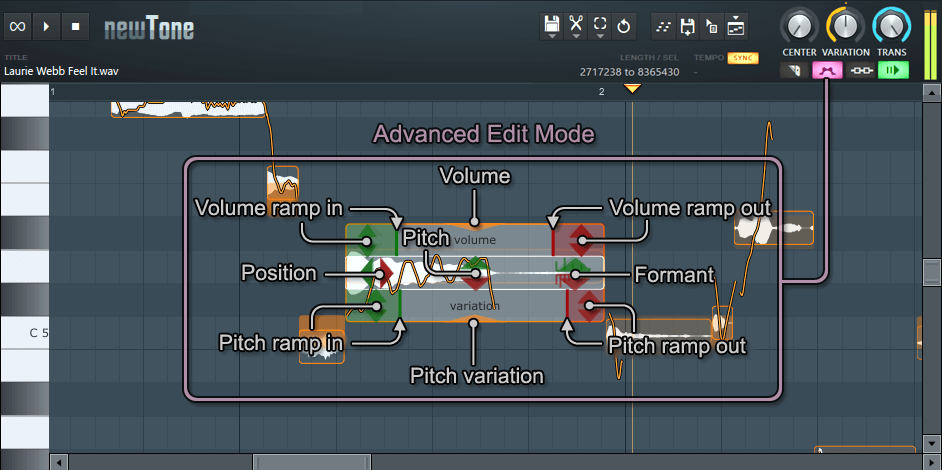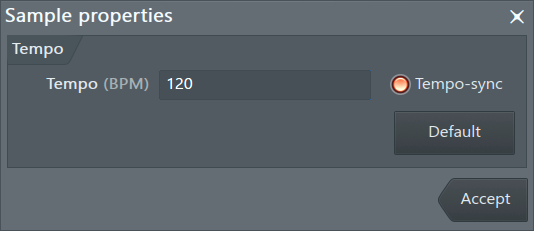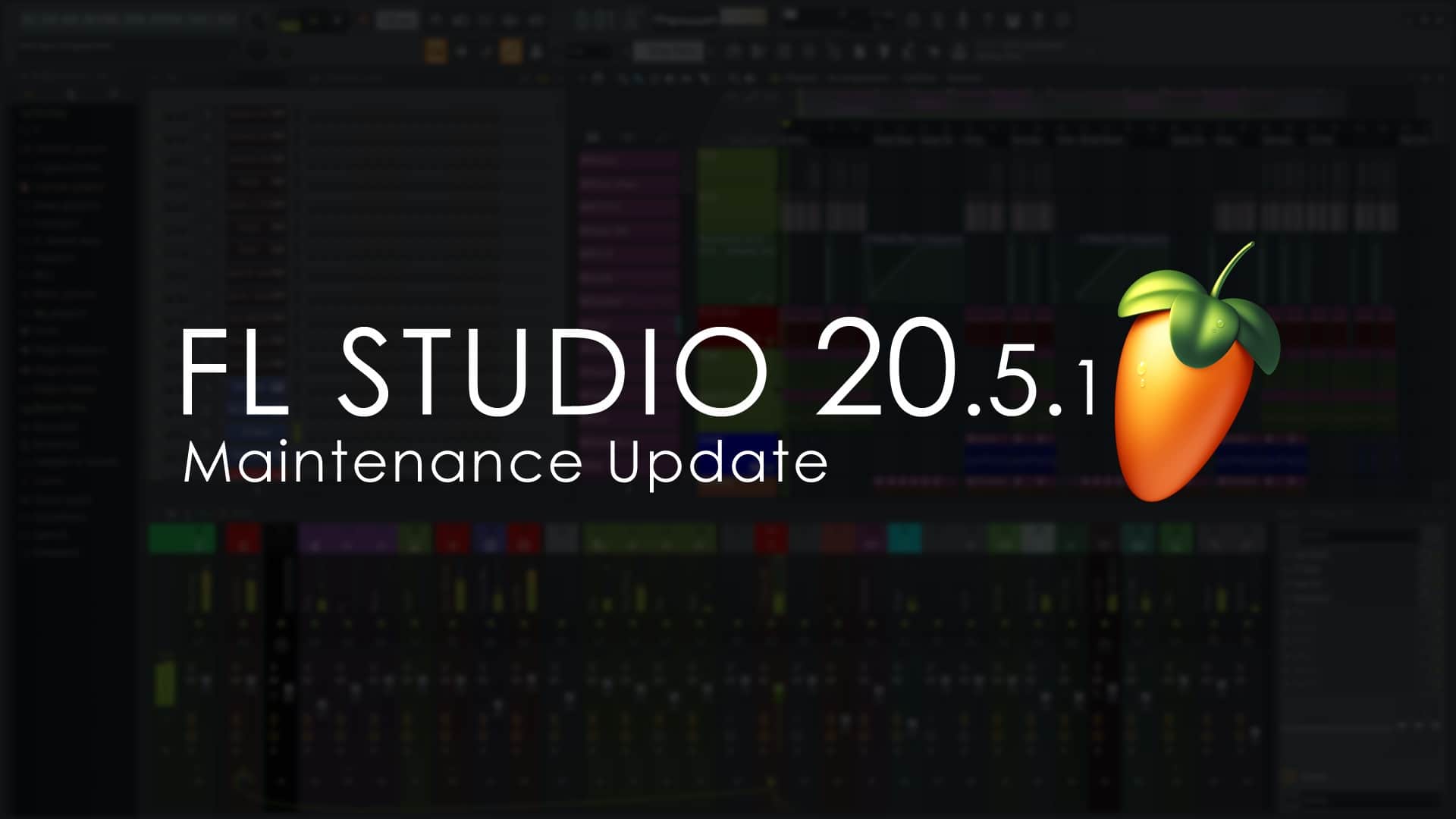

You can also control their placement in the stereo field.A lot of people ask, is autotune available in FL Studio? Using the pitch and timing variation sliders, you can get that loose feel of a natural harmonies. No matter the reason-if you need to harmonize a vocal and don’t have any suitable takes, Nectar 3’s Harmony module allows you to generate up to eight additional voices snapped to scale or controlled by MIDI. Or maybe you were recording them and in the excitement and exhaustion of it all, never asked about harmonies and they didn’t bring it up. Say a band with a limited budget recorded a single but ended up rushing through the harmonies since they only had a few hours of studio time and the takes aren’t too great. Issue 5: generating harmonies after the vocalist has left the studio

Nectar and Relay will apply an EQ setting that creates a pocket for the vocal to be heard without compromising the tonal balance of the instrumental. This technique is also useful for when you need to mix a separate vocal and stereo track without the stems. But with this setup, you can tame the sibilance with total precision. If you pulled the threshold down this low, however, you’d chop off essential chunks of the vocal and introduce strange artifacts. We typically target the 10–12 kHz region for these harsh sounds, but you also get some nasty esses around 5 kHz.

This is particularly helpful on irksome sibilant words or syllables that manage to evade the de-esser. Pulling the Threshold dial down gives you even more control with high settings, whenever the selected frequencies are active there will be more gain reduction and when the signal relaxes so will the reduction. With the Follow EQ engaged (this time in “Gain” mode), you can dial in a precise cut that ducks problematic frequencies only when they are present, so important parts of the vocal aren’t removed without reason. Vocals are sensitive signals and require mixing that reflects this. If there are many resonant peaks to tame, you may be tempted to use a broad EQ cut to snag those in close proximity, ultimately scooping out more frequencies than necessary. A 1 dB cut might handle a harsh vocal in the verse, but you will certainly need something stronger in the chorus. Vocal performances, being dynamic in nature, don’t always respond well to these static decisions. In a standard EQ, we’d dial in a cut wherever a band of frequencies is poking through the mix. The Follow EQ is equally useful for taming pinging frequencies that exist higher up in the spectrum. Issue 3: taming resonances with precision Be sure to hit “Freq” on a node to active Follow EQ to do this. This way, the unwanted noise below is consistently controlled without the need for automation or severe cuts. With a low-pass filter set just below the fundamental, the curve will subtly adjust its position word-by-word but also make larger leaps during sections where the vocal either significantly rises or drops in pitch, like the transition from verse to chorus. No fun!Ī simple solution lies with the Follow EQ in Nectar 3, which rides selected vocal frequencies throughout a performance to preserve intelligibility and character. So you often up either settling on something that sounds just OK or sacrificing precious vocal energy. If the EQ cutoff crosses over the first few harmonics, you will hear the desired clarity but lose the important heft that carries a tune. This is further complicated when the vocalist has a deep voice buried in the rumble. When vocals are recorded in bedrooms with iffy microphones and a swaying vocalist, you have to get more surgical to remove the mud without altering the tone. Depending on a recordings’ sound quality, this can be as simple as setting a cutoff point around 100 Hz and moving on to the next thing. The first step most mixers take when sculpting vocals is to remove unimportant low-end information. Issue 2: fixing muddy vocals without thinning them


 0 kommentar(er)
0 kommentar(er)
